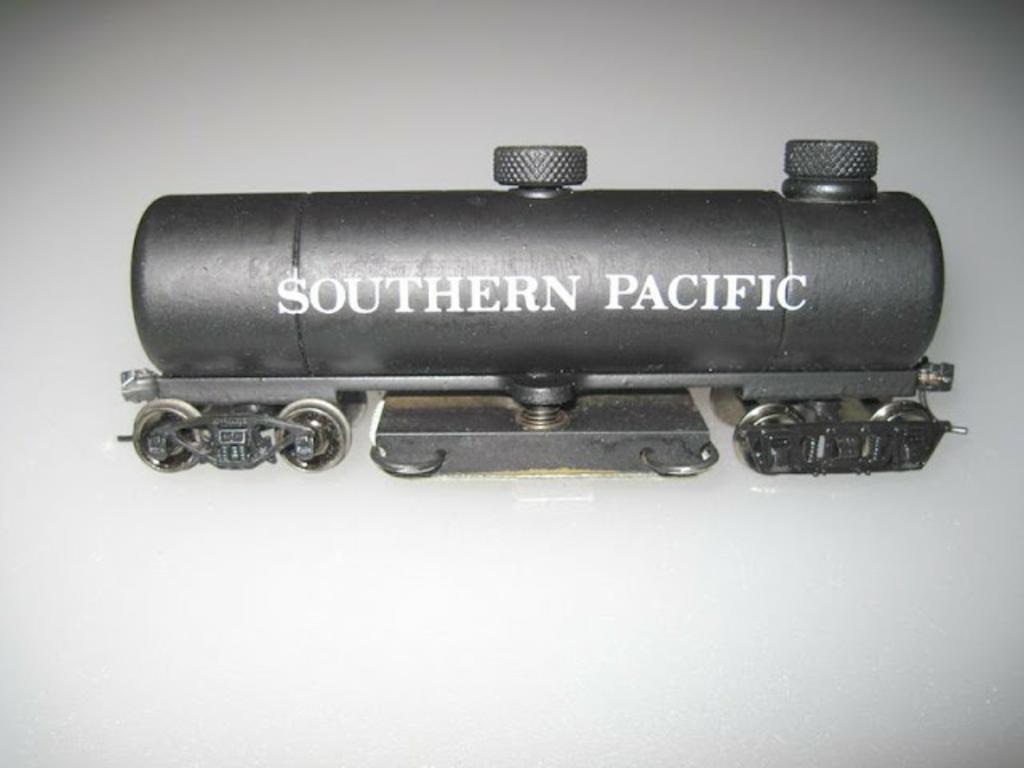Hello All,
OK, I’m going to “Ass-u-me” that you are referring to HO scale track cleaning cars.
I, and the Colorado Model Railroad Museum, use a Dapol HO Track Cleaner.
This car is on the pricy side but…
It has several features that “drip” type cleaning cars or “scrubber” types; masonite, abrasive pad type, don’t have.
For one, it has a vacuum function that actually works! (Caveat listed below.)
Great for picking up pet hair from the roadbed.
It also has a “drip” type cleaner.
From the factory this unit comes “DCC Ready”.
The “What’s In The Box” includes- -the non-self-propelled car; it needs a pusher or puller, two sets of abrasive pads, an adapter for the abrasive pads, and a tool for removing the vacuum impeller to install the abrasive pad mount.
Unfortunately, it does not include the cleaning fluid, which the manufacturer claims is proprietary.
Now for the caveat: The pick-ups from the wheels to the motor, that power the vacuum, are are a circuit-breaking type.
If the voltage (inductive heat) from the wheels to the motor exceeds 12v DC the “coupling” is designed to “break” or fail.
Replacement links are available.
There is also an “On And Off” button on the top of the car to control the vacuum function if you only want to run this unit as a “drip” type.
What the gurus at the Colorado Railroad Museum did was install a 9v battery clipped to the outside of the car to maintain a voltage that would not trip the circuit from voltage overload by also isolating the wheel pickups to the PCB that controls the motor.
They run this car only after-hours when no guests are present.
One Facebook post from the museum showed what the vacuum had collected after one run around the pike.
I installed a simple DCC decoder (motor function only) into

